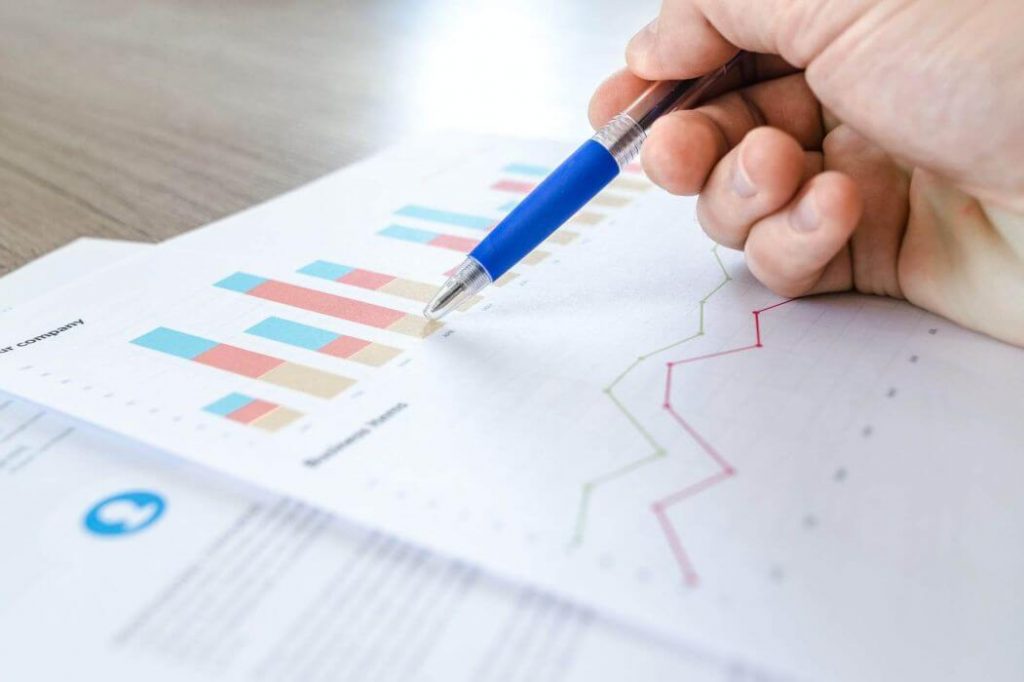What to Bear in Mind When Investing
Join over 2 million professionals who advanced their finance careers with 365. Learn from instructors who have worked at Morgan Stanley, HSBC, PwC, and Coca-Cola and master accounting, financial analysis, investment banking, financial modeling, and more.
Start for Free
When we think of an investment, we have to remember two things – its upside and its downside.
In other words, we should consider the profit that will be made if everything goes well and the risk of losses if the investment is unsuccessful.
This is valid for every venture.
Whether you are buying the shares of a company, corporate or government debt, real estate properties, gold, investing in a mutual or a pension fund, you must consider these parameters. The profit you can expect and the risk of losing money.
But why do different investments have a different level of risk and profitability?
A comparison between bonds and stock can highlight the difference.
Government bonds offer an average rate of return of 3%, and historically, there have been very few cases of governments going bankrupt and not repaying what’s owed to investors. So, some risk comes with this investment; it isn’t risk-free, but the risk is very contained. If an investor buys government debt, he can be certain that one year from now he will obtain his initial investment plus the expected interest.
Equity shares have a higher rate of return – approximately 6%. However, they are associated with much more frequent fluctuations and price changes, as different variables influence a company’s share price. Operations, competition, regulatory environment, strategic decisions, industry trends …. A lot of things can go well, but there’s a lot that can go wrong. An investor who buys equity shares should know the higher return he expects comes at the price of high uncertainty and risk.
Makes sense, doesn’t it?
Therefore, we can conclude that the art of finance isn’t about maximizing an investor’s returns in a year. It is about making informed decisions that consider both dimensions, risk and return, and optimizing the risk-return combination of an investment portfolio.
